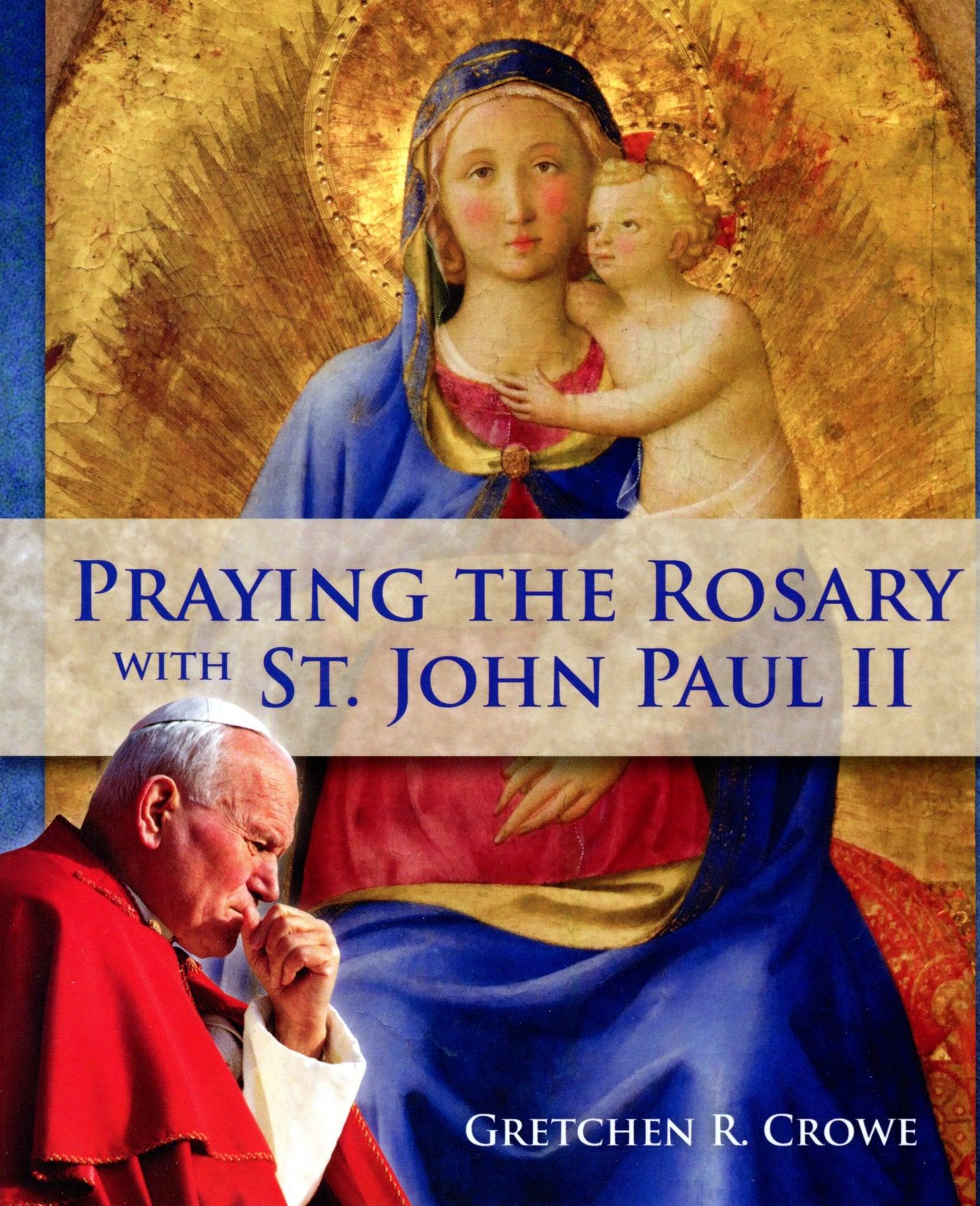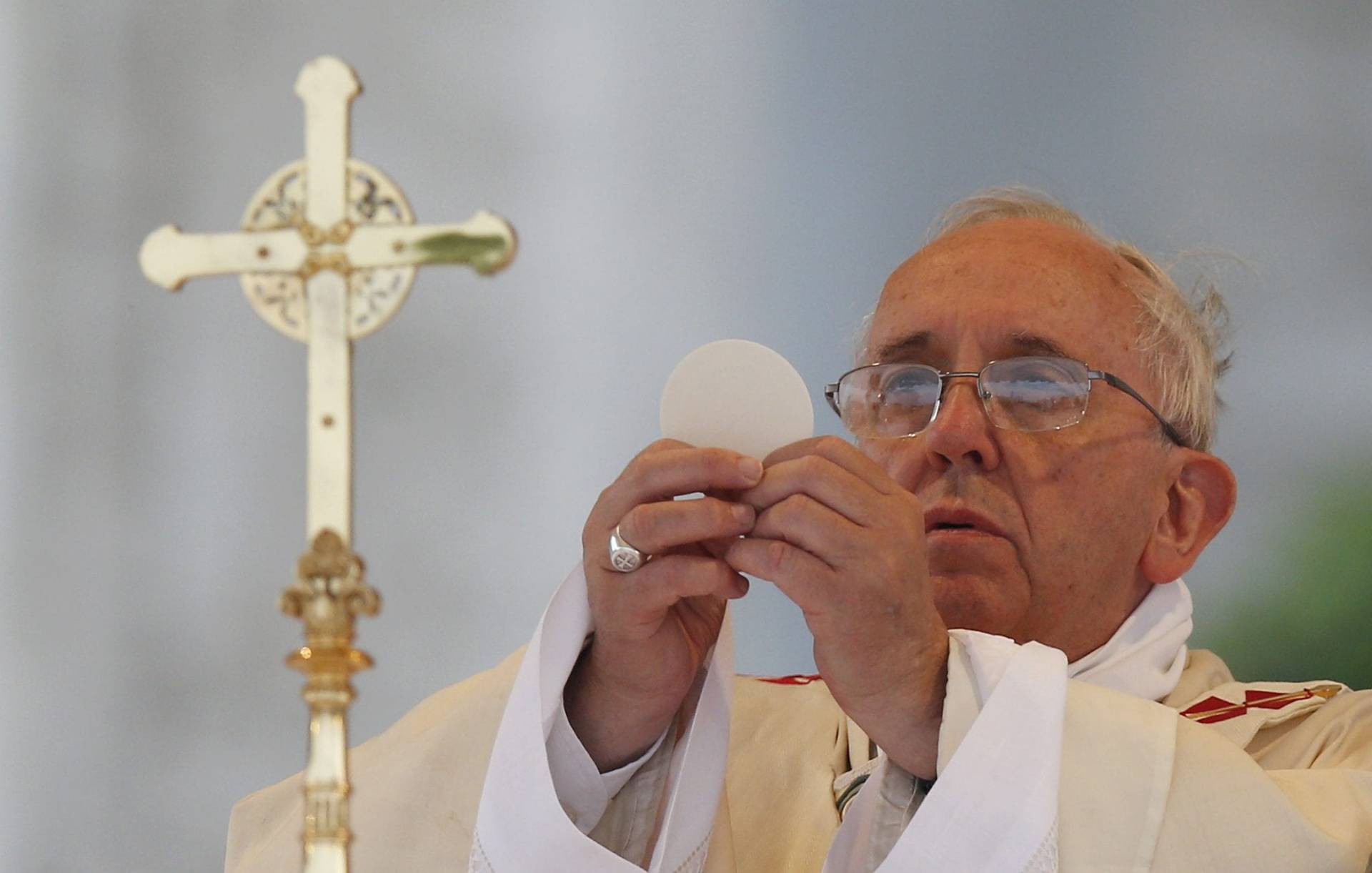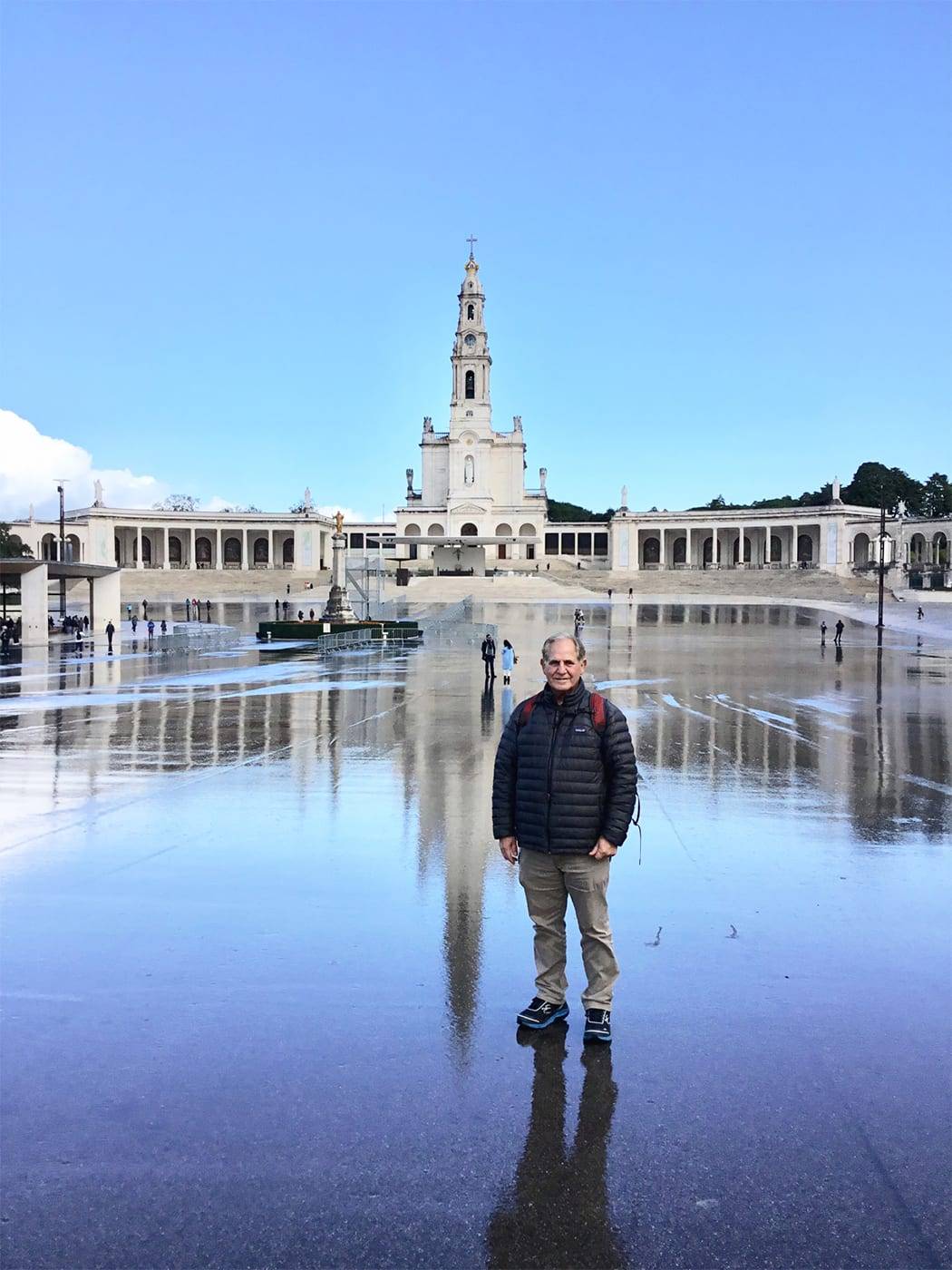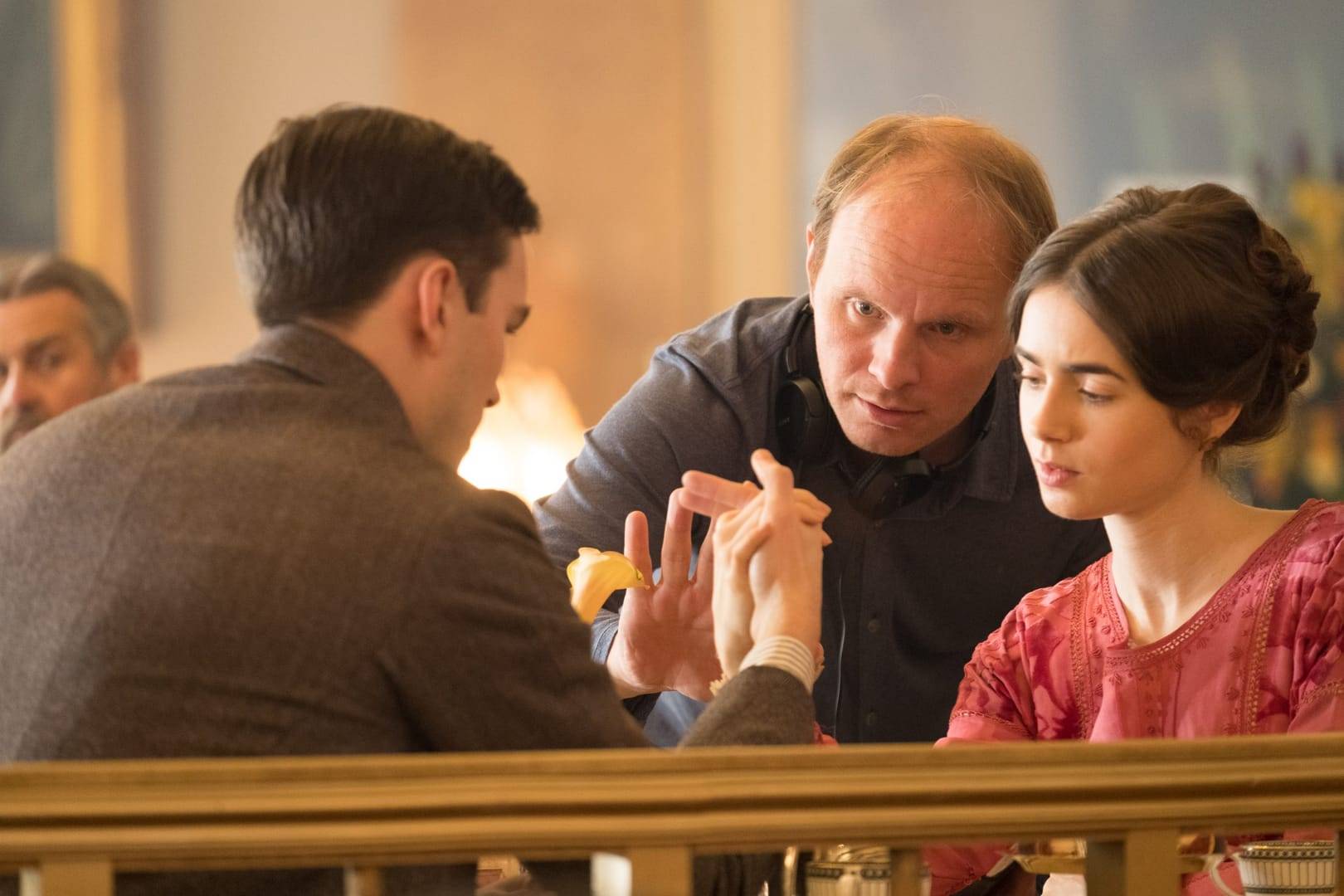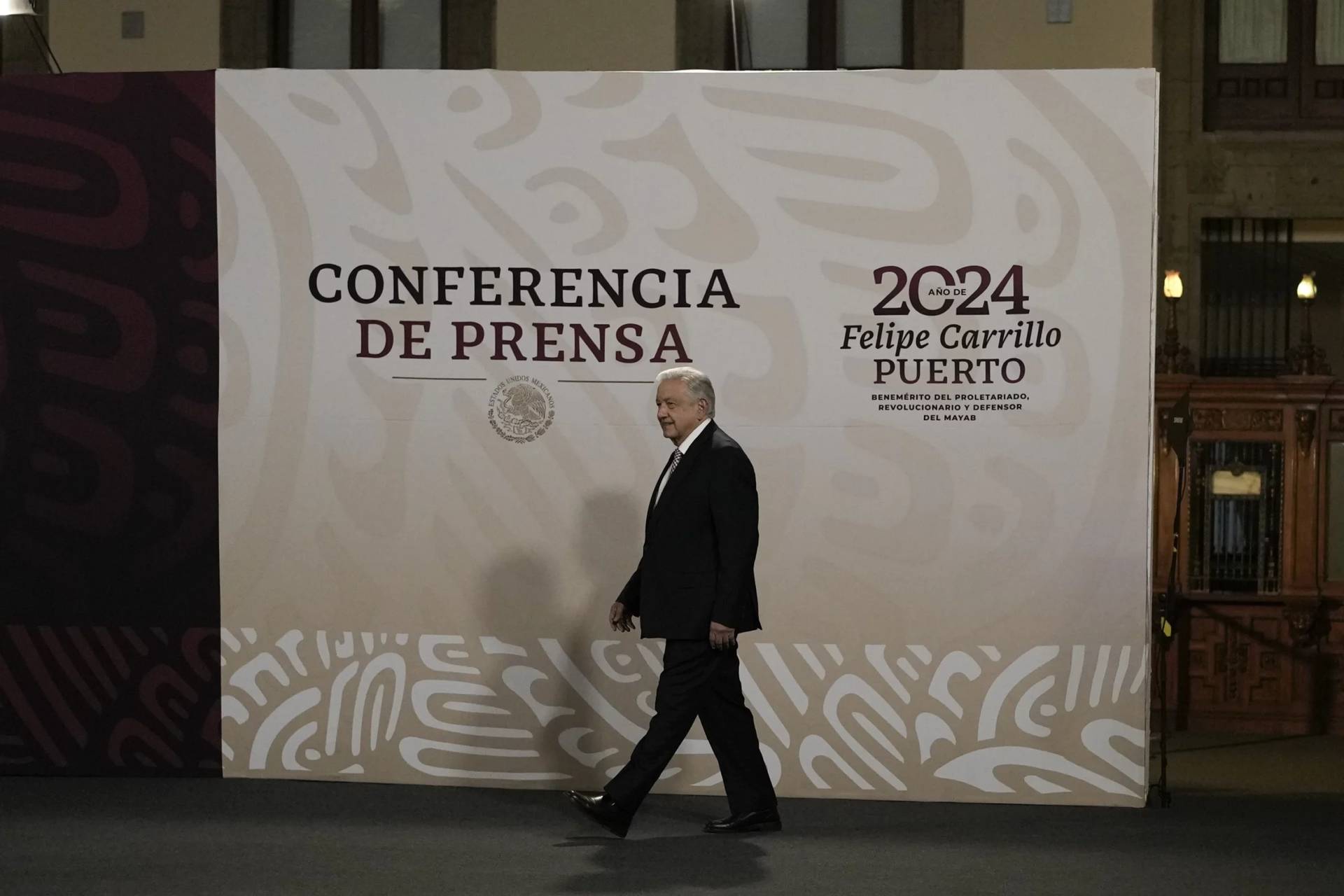ISNOTU, Venezuela — Venezuela needs a miracle. Preferably two. But this is not about finding a way to reconcile the country’s bitterly divided politics or fix its crippled economy. It is about something more spiritual.
The Roman Catholic Church here is on a mission to document a miracle that can be attributed to one of the country’s most popular folk heroes: Jose Gregorio Hernandez.
Born in this small town in the foothills of the Andes on Oct. 26, 1864, Hernandez spent much of his life in Caracas, the capital, where he studied and practiced medicine and became known as “the doctor of the poor” because he routinely treated needy patients for free.
He died in 1919, run over by a car at a time when only a few hundred automobiles traveled the streets of Caracas. He was so beloved that newspaper accounts at the time reported that the city was left practically denuded of flowers to make the floral wreaths and bouquets for his funeral.
Tens of thousands of people filled the streets outside the cathedral where the ceremony was conducted, the accounts said, and when the coffin was about to be placed in a hearse a cry went up: “Dr. Hernandez is ours!” In a spontaneous display of popular mourning, the coffin was carried to the cemetery on the shoulders of the capital’s citizens.
Over the years, his legend grew. The sick or the injured prayed to him to be cured, and many believed he was responsible for miracles. He was also embraced by the followers of two popular religions that combine elements of Roman Catholicism with African and indigenous beliefs — Maria Lionza, which is native to Venezuela, and Santeria, which spread here from Cuba.
Today Hernandez’s image is ubiquitous in Venezuela, perhaps even more so than pictures of Hugo Chavez, the former president who died last year but is still widely portrayed on posters, on billboards and in graffiti.
Hernandez’s familiar figure, usually dressed in a black suit with a high-peaked felt hat and a mustache, his hands behind his back (an image based on a widely reproduced photograph taken during a stay in New York City in 1917), can be seen all over the country — painted on walls, reproduced in small statuettes, and displayed in roadside shrines or simple altars in stores and homes. His image is so instantly recognizable to Venezuelans that a simple dark silhouette of a man in a hat with his hands behind his back is often all that is used to represent him.
“Jose Gregorio is quintessentially Venezuelan,” said Laura Zambrano, who helps run the sainthood effort conducted by the Archdiocese of Caracas. “He took all of our virtues to an extreme, to the extreme of perfection.”
In 1986, Pope John Paul II declared Hernandez “venerable,” a step toward being considered for sainthood. To take the next step, known as beatification, the church would need to show that Hernandez had performed a miracle. Once that was done, proof of a second miracle could qualify him to be canonized, or declared a saint.
Twice, in 1986 and 2009, the Venezuelan church documented what it believed were medical miracles attributable to Hernandez. It sent them to Rome for approval by a panel of experts assigned to evaluate such cases, but each time they were rejected.
Now, with the 150th anniversary of Hernández’s birth approaching, the church here has started a campaign to find the miracles needed to propel him to sainthood. It has distributed millions of palm-size cards encouraging the faithful to pray for Hernández’s canonization and asking them to send in accounts of miracles.
This year already, the office in charge of seeking Hernandez’s sainthood has received more than 800 testimonials recounting possible miracles, compared with 234 last year and just 65 the year before.
Here in Isnotu (pronounced ee-sno-TOO), hundreds and often thousands of pilgrims arrive every day to pay tribute to Hernandez at a large shrine that has become the town’s main attraction.
Melvin Andrade, who recently made the nine-hour drive from Caracas, prayed silently before a life-size marble statue of Hernández, which shows the doctor with his right hand extended, holding a pill bottle and other medicines.
Andrade said that he had appealed for Hernandez’s help during a series of grueling operations after a motorcycle accident in January. Now he had come to give thanks.
“The spinal operation I had could have left me an invalid and I came out perfectly,” he said.
His girlfriend, Marvella Rivas, 46, had no doubt about Hernandez’s status. “For me he’s a saint even though he hasn’t been beatified, which is something I can’t understand,” she said.
Rivas recalled a teenage relative who was found during a medical examination to have a tumor. But a subsequent test found the tumor had mysteriously disappeared.
“She said that Jose Gregorio Hernandez operated on her,” Rivas said. “We don’t know if it was a dream or real, but when they took another X-ray, the tumor was gone.”
There is not much to Isnotu beyond a main street dominated by the sanctuary and souvenir stalls selling trinkets and statuettes of Hernandez.
The sanctuary was built in the 1960s by the federal government, on the spot where Hernandez’s childhood home had stood. In a move that many residents regret today, the house was torn down to make way for the sanctuary. Around the same time, the church where Hernandez was baptized and confirmed was also demolished, and a larger church was built in its place.
Yet Venezuelans have embraced this town as a link to the man they already venerate as a saint, to a degree that has made the church hierarchy in Caracas uncomfortable. That has led to a tug-of-war over his legacy.
“Jose Gregorio cannot be worshiped there because Jose Gregorio has not been beatified, he has not been canonized,” said Monsignor Fernando Castro, the auxiliary bishop of Caracas, who is in charge of the campaign to win sainthood for Hernandez. He stressed that the sanctuary is officially dedicated to the baby Jesus, not to Hernandez. “Only saints can be the object of worship,” he said.
Castro said Hernandez’s tomb in a Caracas church, known as the Candelaria Church, should be the center of attention as the 150th anniversary of his birth approaches, not Isnotu.
“There are indications in that place that would make it appear that it is like the center of everything to do with Jose Gregorio,” Castro said of Isnotu. “No. The center of Jose Gregorio is the Candelaria Church.”
On a recent visit, the Candelaria Church was under renovation and Hernandez’s white marble tomb, behind a metal grating, was covered in dust and surrounded by construction debris.
Meanwhile in Isnotu, a large stained glass window in the sanctuary chapel shows Hernandez kneeling before the Virgin Mary, with the baby Jesus in her lap, surrounded by angels. His image appears in other stained glass windows and on the metal doors to the chapel.
A gift shop operated by the parish sells dozens of souvenirs depicting Hernandez, including plastic penholders and statuettes, alongside only a few representing the Virgin Mary, or posters of Pope John Paul II.
All over the sanctuary, the walls are covered in small plaques left by the faithful attesting to miracles or favors they attribute to Hernandez. They date back as far as the 1940s.
Local residents said that Castro came to Isnotu in December 2012 and asked to have the statue of Hernandez removed. Castro said that he could not remember making such a request.
The statue stayed, but now many here feel the need to defend the town’s claim to its favorite son.
Helder Duran, a member of the municipal commission to commemorate Hernandez’s 150th birthday, accused church leaders in Caracas of seeking to switch the focus of Hernandez’s devotees to the capital.
“Economically it’s more profitable for the Catholic Church,” he said, charging that the Caracas church wanted to get its hands on the revenues from the tens of thousands of pilgrims who flock to Hernandez’s shrine each year.
“They want to make Isnotu invisible,” he said.






